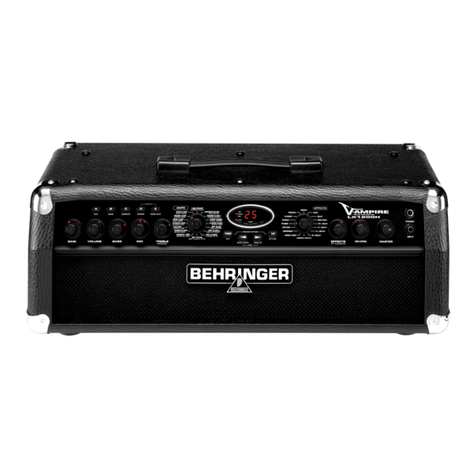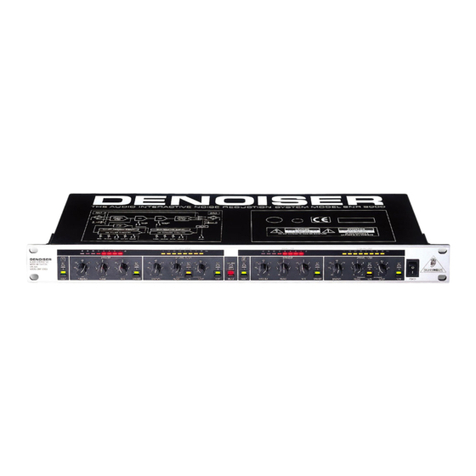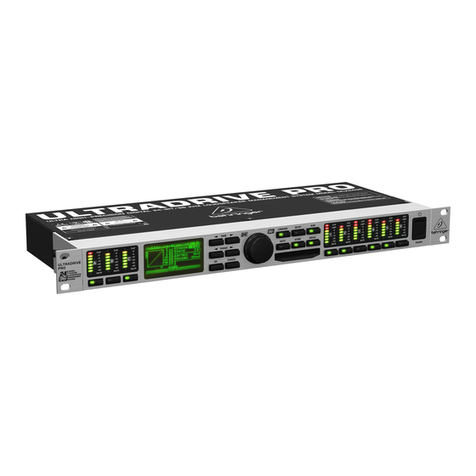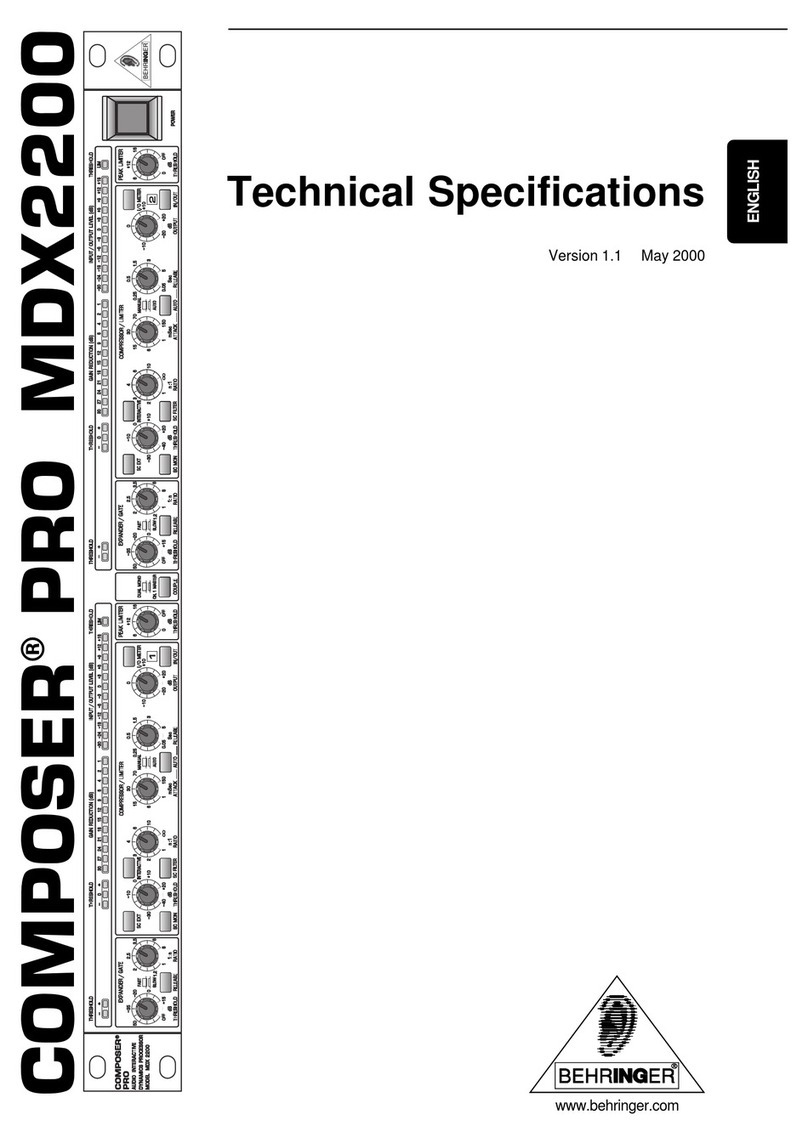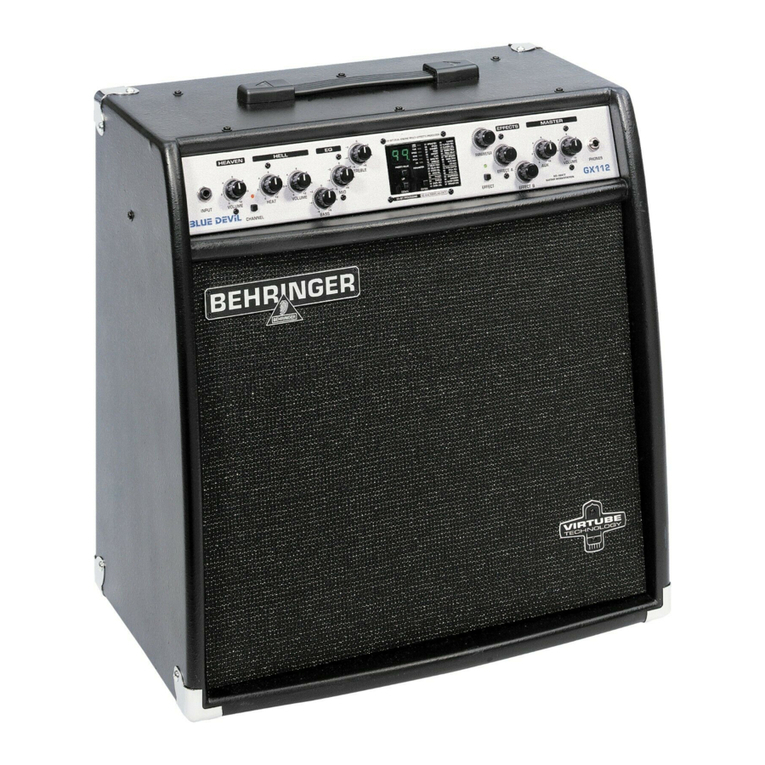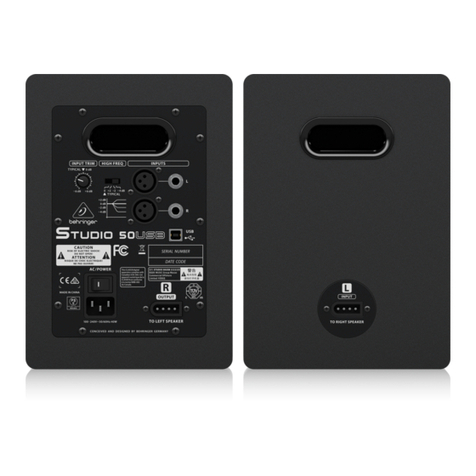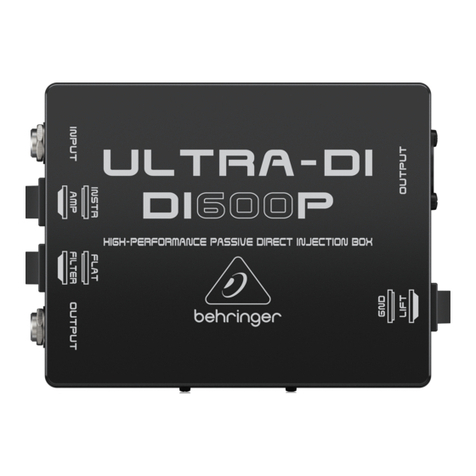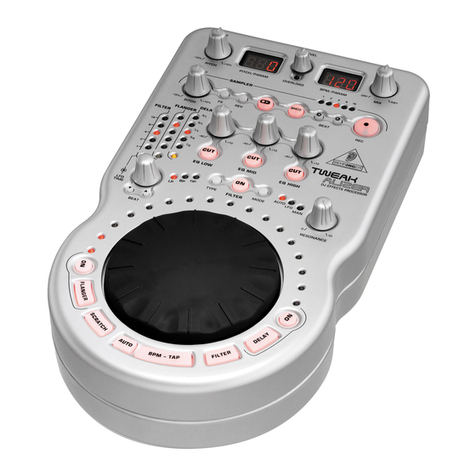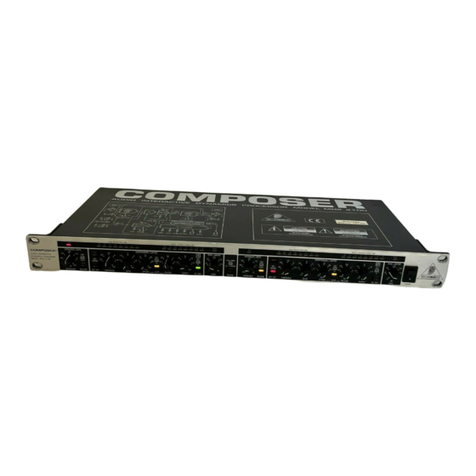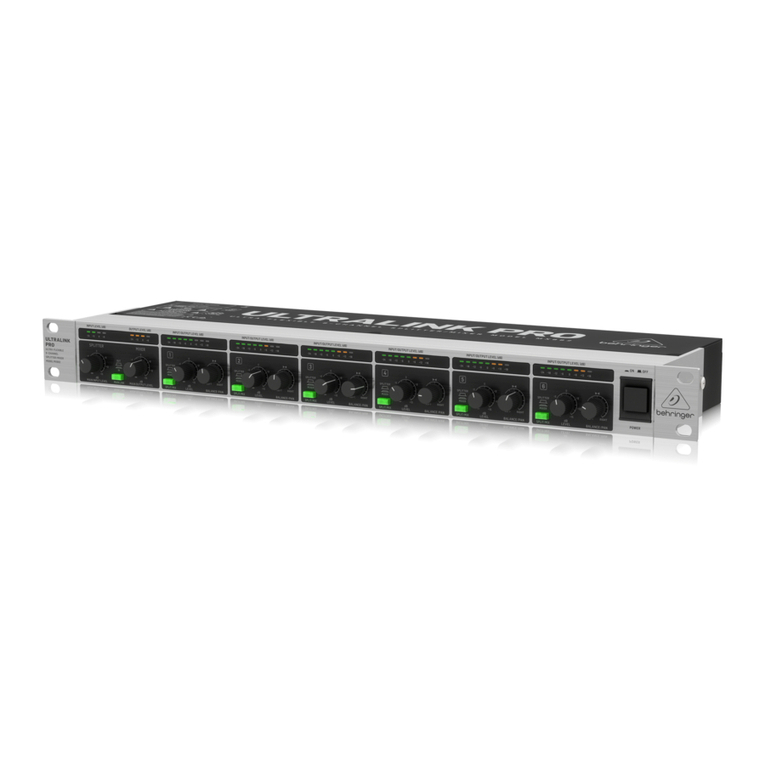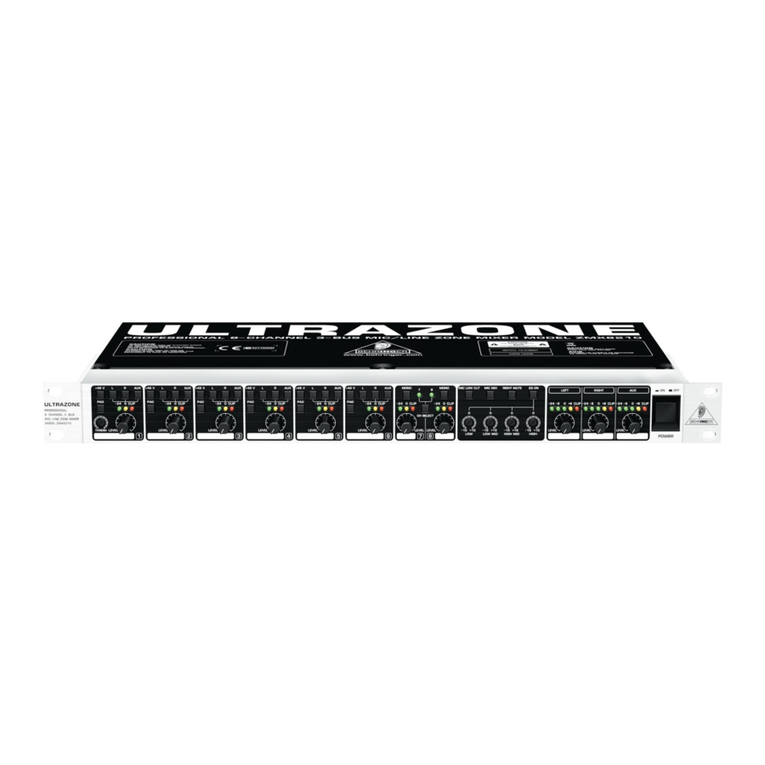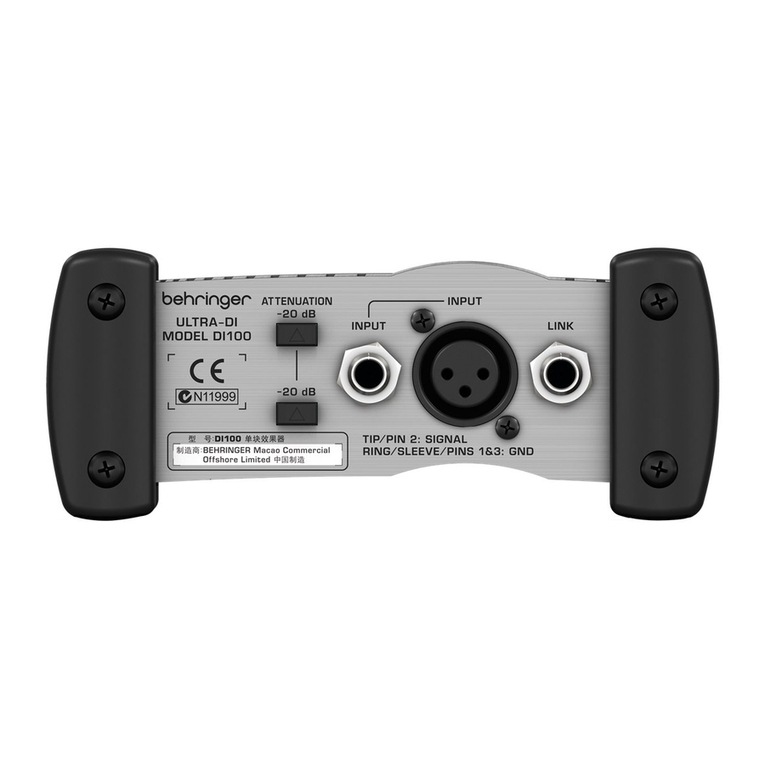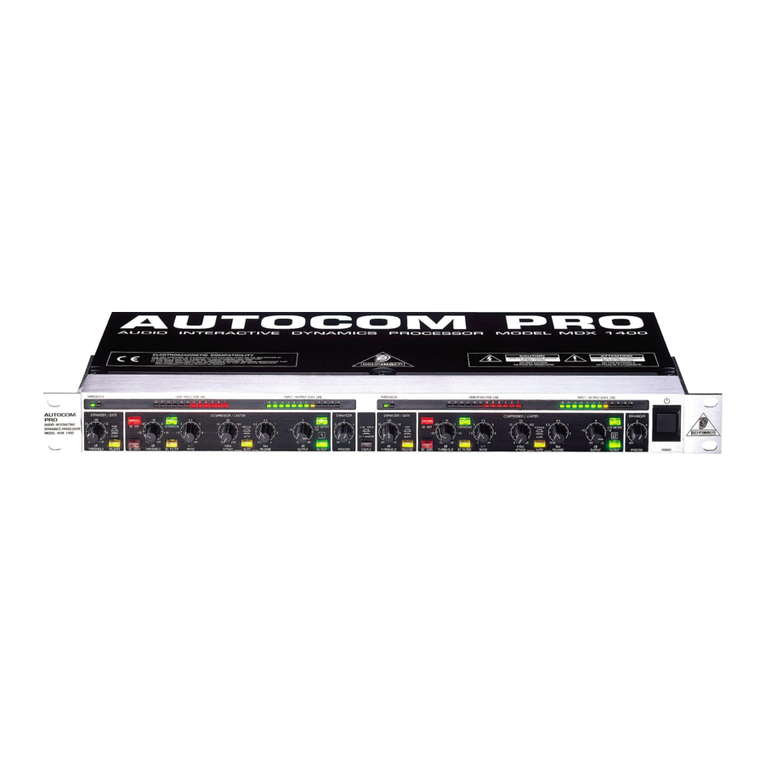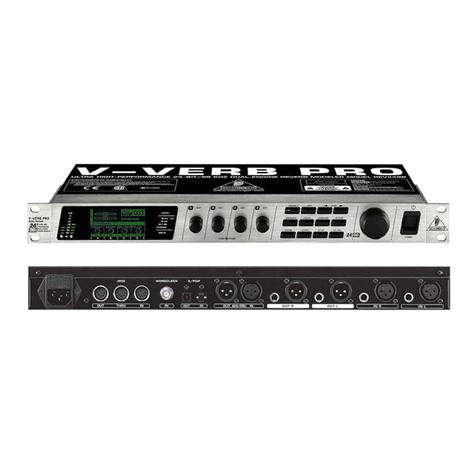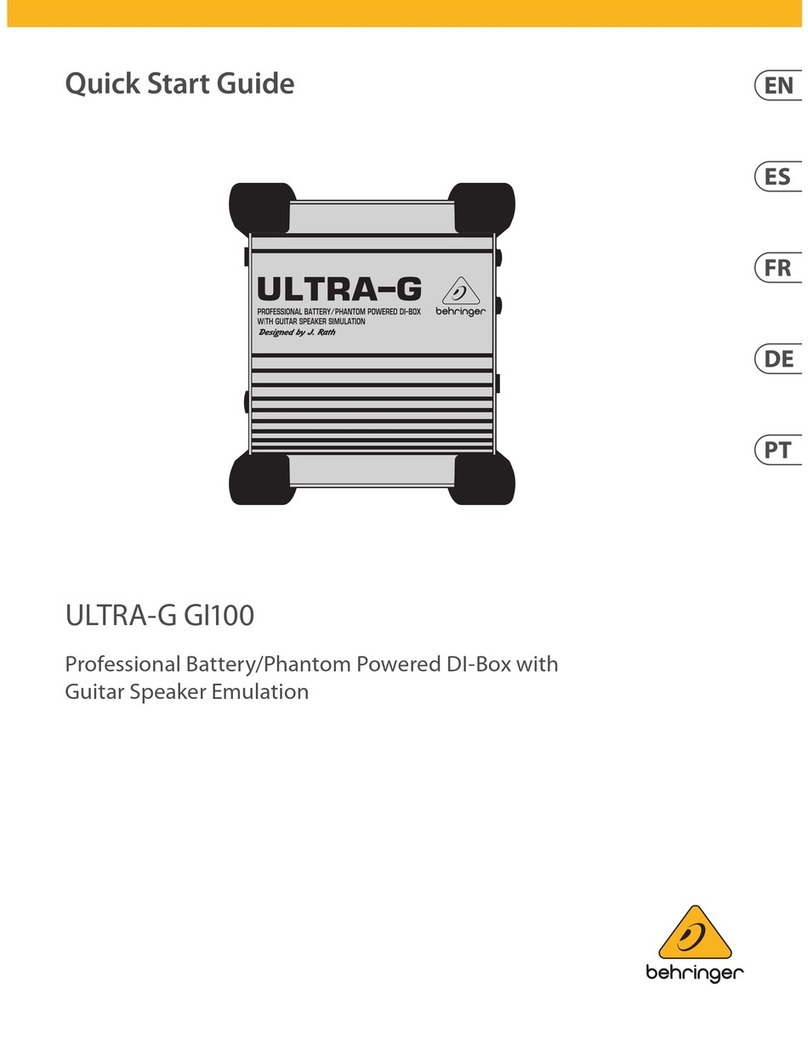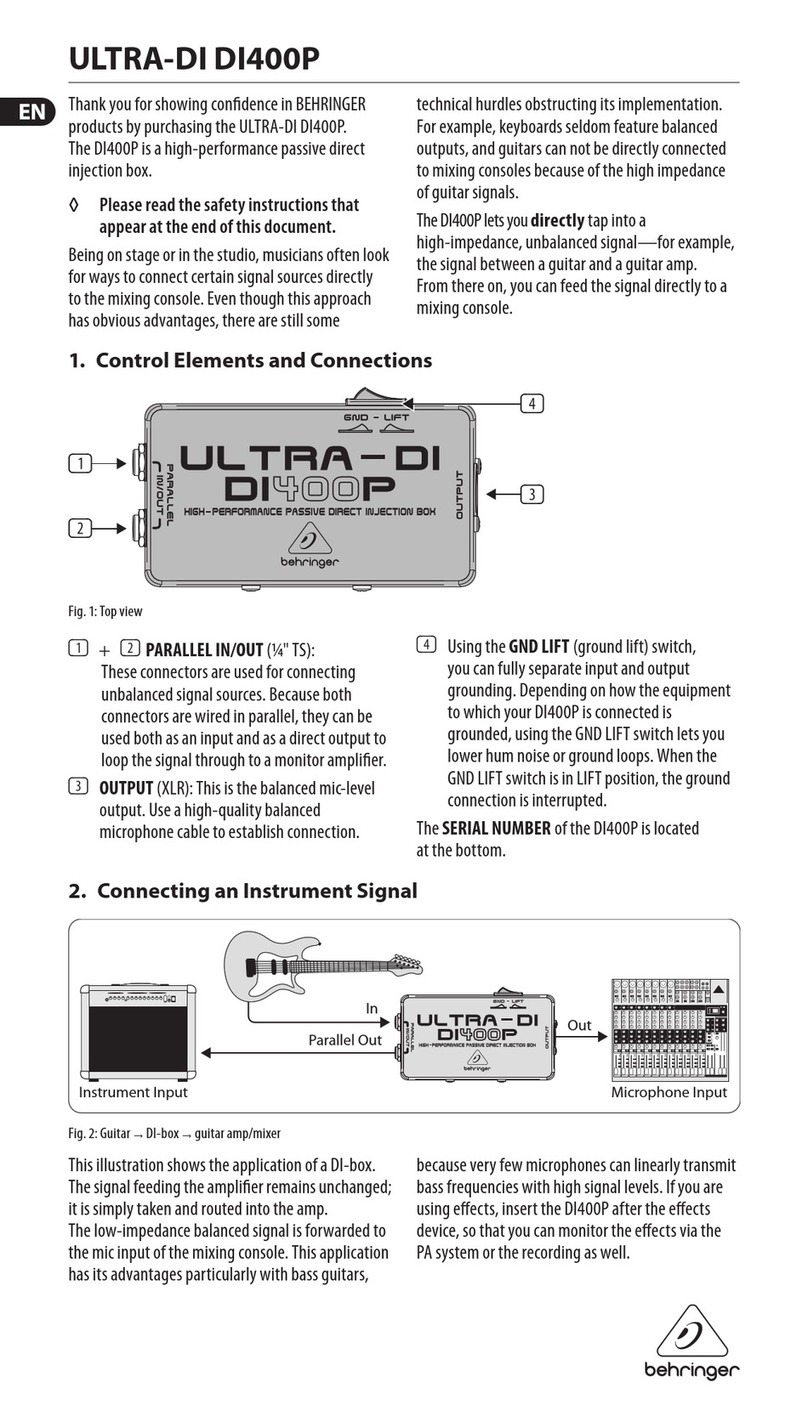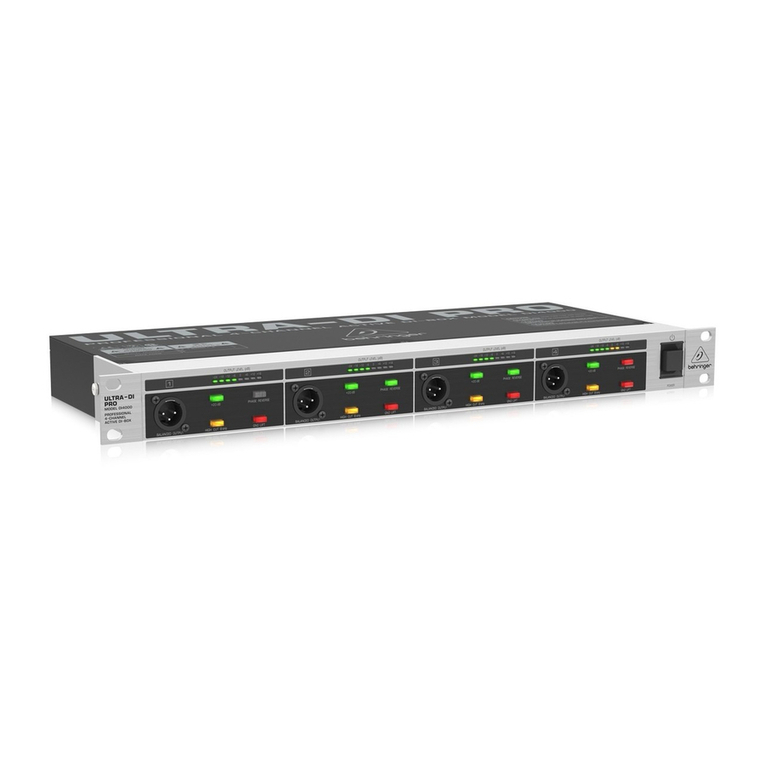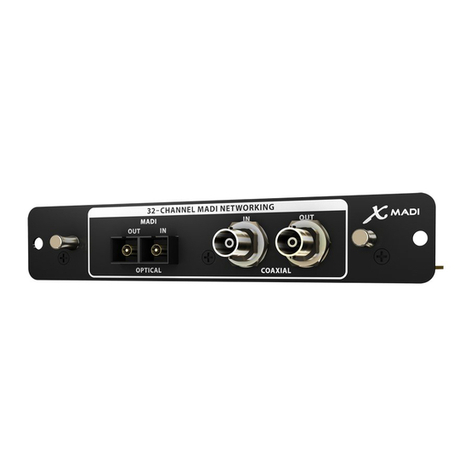5
TUBE ULTRAFEX T1954
TABLE OF CONTENTS
1. INTRODUCTION..................................................................................................................... 6
1.1 The Design Concept ........................................................................................................................ 6
1.2 Before You begin ............................................................................................................................. 6
1.3 Control Elements ............................................................................................................................ 7
2. OPERATION .......................................................................................................................... 10
2.1 Introduction ................................................................................................................................... 10
2.2 The Position of the TUBE ULTRAFEX in the Signal Path ............................................................... 10
2.3 Basic Setting ................................................................................................................................. 11
2.4 Adjustment of the Bass Processor ................................................................................................. 11
2.5 Adjustment of the Noise Reduction S stem ................................................................................... 11
2.6 Adjustment of the Enhancer/Exciter S stem .................................................................................. 11
2.7 Adjustment of the Tube Stage ....................................................................................................... 12
2.8 Adjustment of the Surround Processor .......................................................................................... 12
3. APPLICATIONS ..................................................................................................................... 12
3.1 Sound Enhancement during Repla ..............................................................................................12
3.2 Sound Enhancement during Recording .......................................................................................... 12
3.3 Enhancing the Sound of Subgroups, Monitor and Effect Paths ...................................................... 13
3.4 Enhancing the Sound of Tape Duplication......................................................................................13
3.5 Enhancing the Sound of Instruments ............................................................................................. 13
3.6 Enhancing the Sound of P.A. S stems..........................................................................................14
3.7 Sound Enhancement in HiFi and Video ......................................................................................... 14
4. TECHNICAL BACKGROUND .............................................................................................. 14
4.1 The BEHRINGER TUBE ULTRAFEX ... ......................................................................................... 14
4.2 Ps cho-acoustic Background ....................................................................................................... 15
4.3 On Ps cho-acoustic Devices ........................................................................................................ 15
4.3.1 Frequenc correction .......................................................................................................... 16
4.3.2 Phase shifting ..................................................................................................................... 16
4.3.3 Artificial harmonics generation ............................................................................................16
4.4 The Bass Processor of the TUBE ULTRAFEX ............................................................................... 16
4.5 The Surround Processor of the TUBE ULTRAFEX ......................................................................... 17
4.6 The Vacuum Tubes of the TUBE ULTRAFEX ................................................................................. 17
4.6.1 UTC circuit .......................................................................................................................... 17
4.6.2 Tube histor ........................................................................................................................ 18
4.6.3 Design and functional principle of tubes .............................................................................. 18
4.6.4 Properties of tubes .............................................................................................................. 19
4.6.5 The best of both worlds ....................................................................................................... 20
4.6.6 Studio applications .............................................................................................................. 20
5. INSTALLATION ..................................................................................................................... 20
5.1 Rack mounting .............................................................................................................................. 21
5.2 Mains Connection ......................................................................................................................... 21
5.3 Audio Connections ........................................................................................................................ 21
5.4 Transformer-balanced Outputs (optional) ....................................................................................... 22
6. SPECIFICATIONS .................................................................................................................. 23
7. WARRANTY ........................................................................................................................... 24
